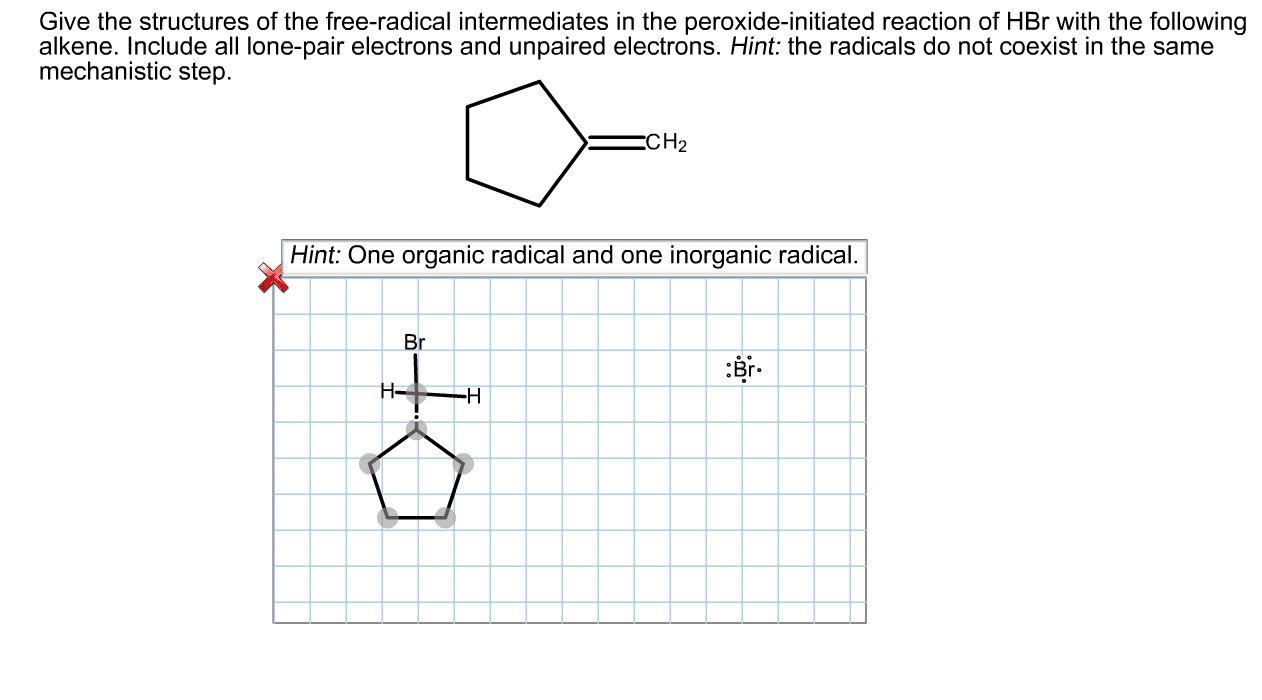NUTR 1010 Lecture Notes - Low-Density Lipoprotein, Vitamin A, Kidney Bean
Document Summary
Compounds that protect our cells from damage caused by oxidation. When an atom loses an electron it"s called oxidation, and when it gains an electron it"s called reduction. In most exchange reactions, unpaired electrons immediately pair up with other unpaired electrons: oxidation followed by reduction creates newly stabilized atoms. Sometimes, atoms with unpaired electrons remain unpaired: creates highly unstable atoms, these highly unstable atoms are called free radicals. Oxidation reactions in the body: occur all the time. Other factors: pollution, overexposure to the sun, toxic substances, radiation exposure, cigarette smoke, asbestos, continued exposure leads to free radical formation. To stabilize itself, a free radical steals" an electron from stable compounds: generates more free radicals and starts a chain reaction. Free radicals that form inside lipid layer of cell membranes steal electrons from stable lipid molecules. Ldl cholesterol, cell proteins, genetic material (dna)


